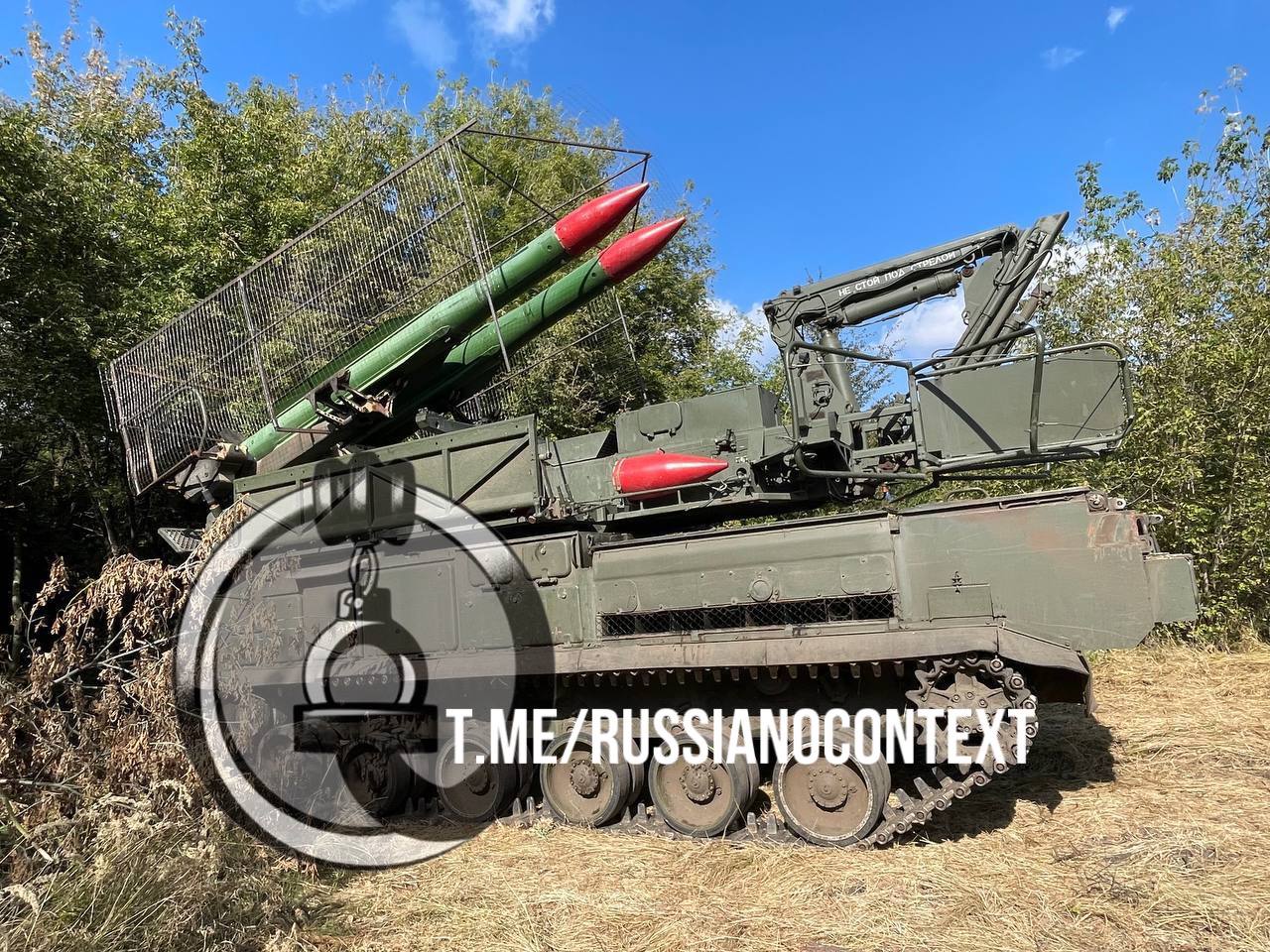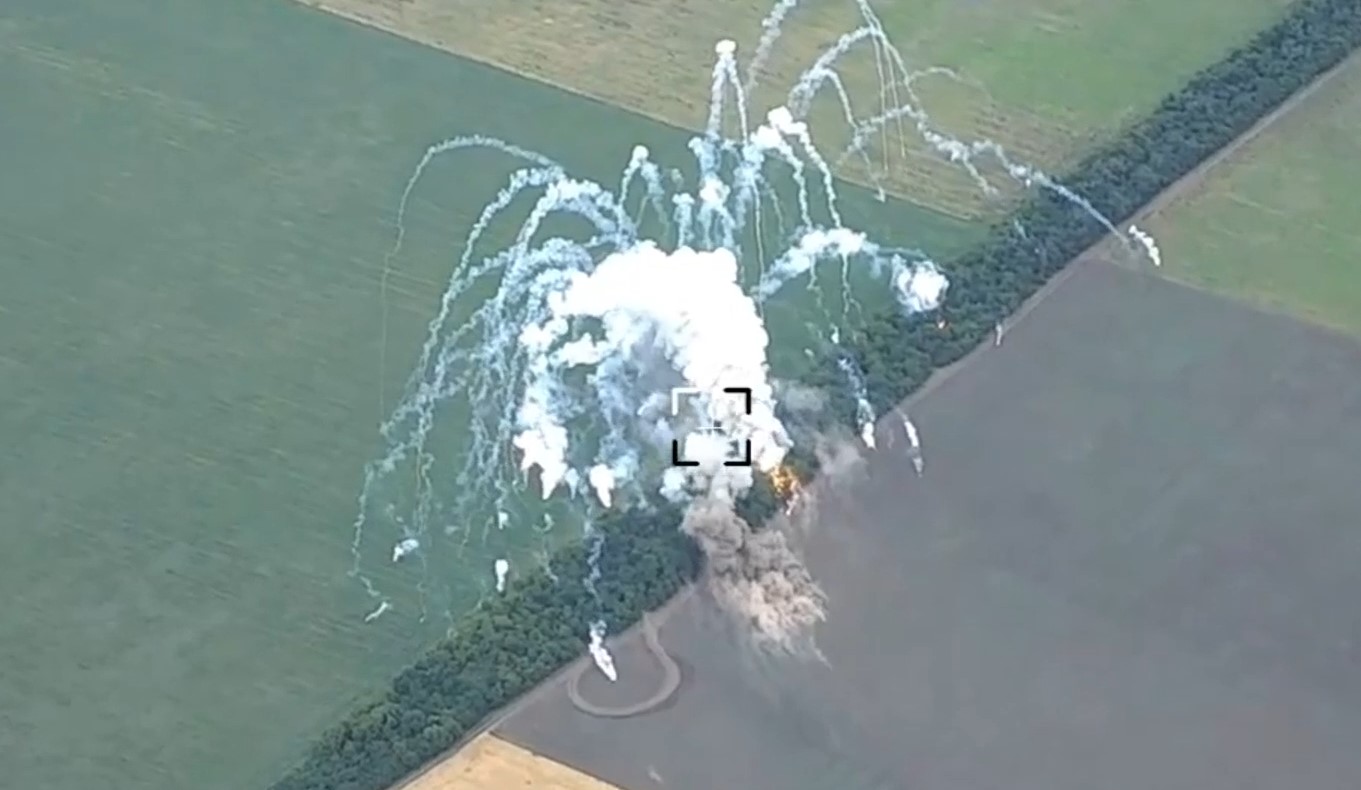Russians welded anti-drone nets on Buk air defense system
27 September, 2023 Transport and load vehicle of the Russian Buk air defense system with welded anti-drone nets. Photo credits: Russia no context The Russian military welded nets on Buk air defense system vehicles to protect them from drone attacks.
A photo with modernized equipment was published on social media. The main obvious function of this design is to intercept light attack FPV drones, or small drones like Polish Warmate. Judging by the photo, the welded nets cover only the most vulnerable part of the vehicle, specifically anti-aircraft missiles.
This makes sense, as in case of minimal damage, rocket fuel could detonate and destroy the entire system.
 Transport and load vehicle of the Russian Buk air defense system with welded anti-drone nets. Photo credits: Russia no context
Transport and load vehicle of the Russian Buk air defense system with welded anti-drone nets. Photo credits: Russia no context
For example, even close bursts of artillery ammunition that hit the installation's ammunition with fragments can lead to its detonation.
 Russian Buk air defense system. July 2023.
Russian Buk air defense system. July 2023.
Ukraine. Frame from the 36th Brigade video
Usually, Buk-type SAMs are in a fairly deep rear at a distance of 20-30 kilometers from the line of contact. We can say that the systems are outside the operational radius of most Ukrainian strike drones.
However, the experience of recent months proves that drones still somehow find their targets. Thus, on August 4, the Ukrainian military in the Luhansk region hit the launcher of the Buk-?1 anti-aircraft missile system of the invaders with an FPV drone.
Drone threat
The trend that started prior to the Russian invasion, when the invaders started to weld "grills" to their tanks, has spread throughout the military. Although these means were originally intended to be a deceptive defense against Javelin ATGMs, today they are actively used on various types of equipment to protect against drones. The media of the aggressor country published a video showing a BM-27 Uragan multiple launch rocket system, the cabin and launcher of which were equipped with screens made of metal net.
Similar solutions are also used to retrofit Russian Msta-S self-propelled guns, which, due to their short fire range, are forced to operate near the front line.
It is worth noting that the Ukrainian military, using grids and screens, are trying to protect their artillery systems from attacks by Russian loitering ammunition.